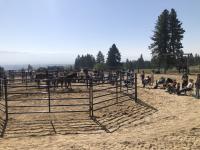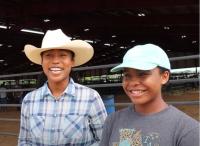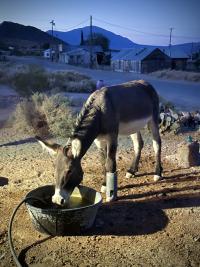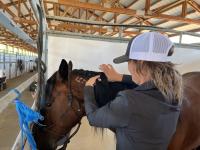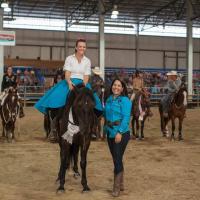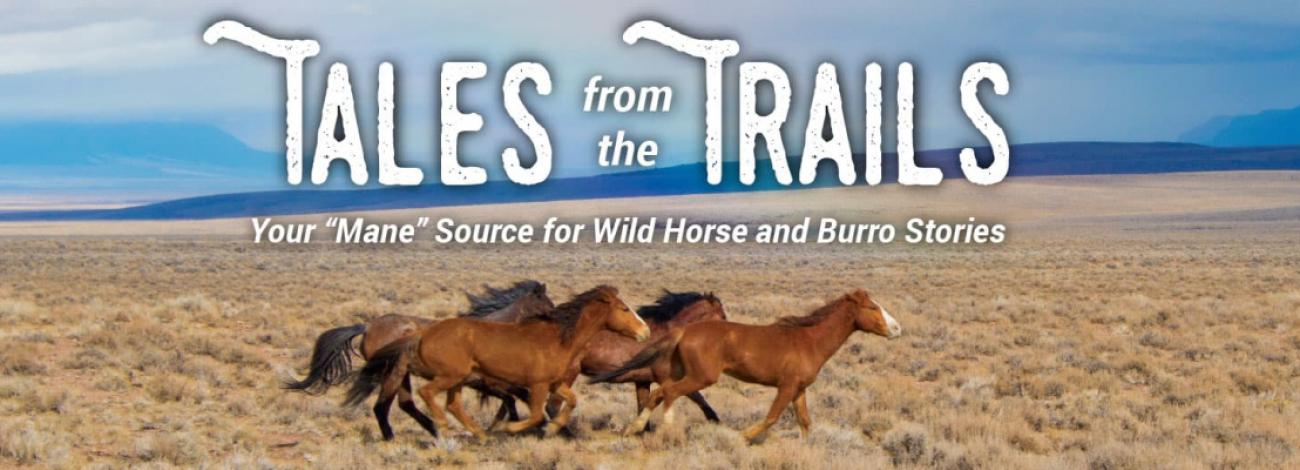
Tales from the Trails
The Tales from the Trails blog pulls together wild horse and burro stories from across the Bureau of Land Management. These are stories about our work to manage and protect wild horse and burro herds on public lands, how animals are cared for in our off-range holding facilities and where they end up after they've been adopted to a good home.
With kindness and patience, a wild horse or burro may be trained for many uses. Wild horses have become champions in dressage, jumping, barrel racing, endurance riding, and pleasure riding, while burros excel in driving, packing, riding, guarding, and serving as companion animals. Both wild horses and wild burros are known for their sure-footedness, strength, intelligence, and endurance. Contact the BLM or visit an event or facility near you to learn more about how you can bring home your own wild horse or burro.
Send us your story!
If you're a proud partner to a wild horse or burro, we want to hear from you! Tell us about your trek "from wild to mild," a competition you won, or just tell us about why you're proud of your wild horse or burro.
Send your written stories and photos to [email protected] with the subject line MY WILD HORSE (or BURRO) STORY. For best results, stories should include your and your horse or burro's name, location (state) and at least one good photograph of the animal, you with the animal, or some other activity you'd like to convey. Please include at least one photograph depicting the freeze mark. Stories should be 300-500 words in length.

